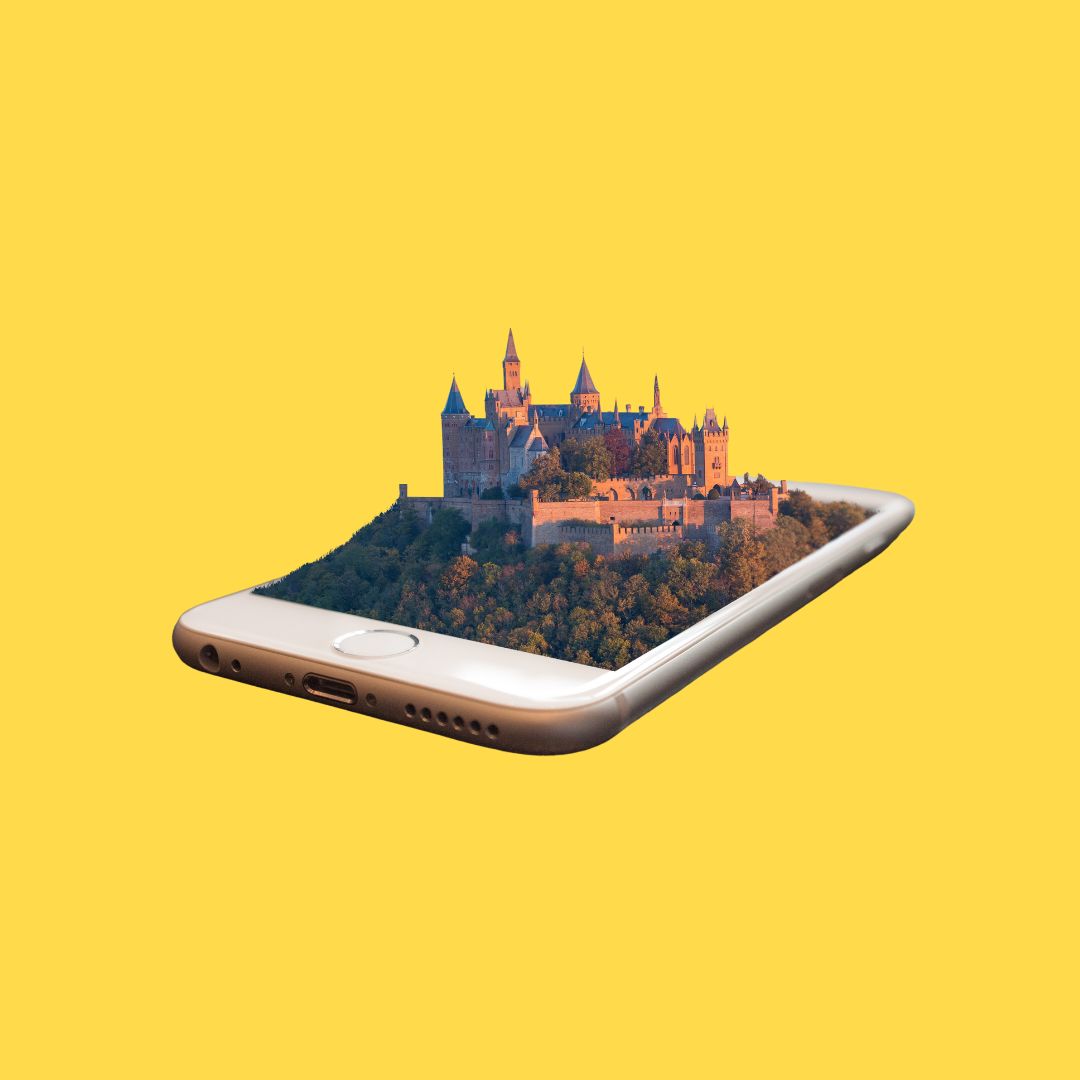Animation is a captivating art form that breathes life into static elements, captivating and entertaining audiences of all age groups. It serves as a potent tool applied in diverse sectors, from entertainment and advertising to education and gaming. Within this comprehensive guide, we will embark on a journey through the intriguing domains of both 2D and 3D animation, unravelling the techniques and creative processes that render them exceptional mediums for storytelling and communication.
Section 1: Defining Animation
1.1 Animation in a Nutshell
Animation entails the process of crafting the illusion of movement by swiftly displaying a sequence of static images. Each frame subtly differs from the preceding one, collectively creating the perception of seamless motion when viewed consecutively
1.2 Varieties of Animation
2D Animation: The realm of 2D animation revolves around generating motion within a two-dimensional space. It frequently manifests in traditional hand-drawn animation and digital formats, exemplified by cartoons and informative explainer videos.
3D Animation: 3D animation thrives within the three-dimensional sphere. It harnesses the power of digital modelling and computer-generated imagery (CGI) to fabricate lifelike characters and immersive scenes, making it an ideal choice for realms such as cinema, gaming, and architectural visualisation.
Section 2: The Animation Workflow
2.1 Pre-production
In the preliminary phase, animators engage in the conceptualization of the narrative, characters, and overall visual design. This preparatory stage includes the creation of storyboards, script development, and the meticulous crafting of characters.
2.2 Production
Throughout the production stage, animators fashion individual frames or construct 3D models, endowing life to characters and the surrounding environments. This phase entails meticulous attention to detail and often features voice acting and sound design integration.
2.3 Post-production
Post-production endeavours encompass the refinement, enhancement, and incorporation of special effects to elevate the final animation's impact. Sound effects, musical scores, and colour correction are addressed in this concluding phase.
Section 3: The Universe of 2D Animation
3.1 Traditional Hand-Drawn Animation
Traditional 2D animation unfolds frame by frame, with artists meticulously hand-crafting each frame. It is a time-intensive yet classic method, notably exemplified by beloved animated classics like Disney's "The Lion King."
3.2 Digital 2D Animation
The advent of digital tools and software such as Adobe Animate and Toon Boom Harmony has revolutionised 2D animation. Artists can now engage in digital animation, streamlining the creative process and granting greater flexibility and creative freedom.
Section 4: The Realm of 3D Animation
4.1 Modelling
Within the domain of 3D animation, artists forge digital models of characters, objects, and immersive environments. These models subsequently undergo manipulation and posing within a virtual three-dimensional realm.
4.2 Rigging and Animation
Rigging entails the establishment of a virtual skeletal structure within 3D models, empowering animators with control over movements. Animations are subsequently generated through the manipulation of these rigged models.
4.3 Rendering
Rendering marks the phase wherein 3D models are transformed into the final, polished frames of an animation. This transformative process encompasses the infusion of textures, lighting, and visual effects to craft realistic visuals.
Section 5: The Versatility of Animation Applications
5.1 Entertainment
Animation serves as a cornerstone in the realms of cinema, television shows, and video games, delivering immersive and visually captivating experiences. Renowned studios like Pixar and DreamWorks have transcended boundaries in the realm of 3D animation.
5.2 Advertising
Advertising agencies frequently leverage animation to craft attention-grabbing and memorable commercials. Animated characters and narratives excel in conveying intricate messages through a digestible format.
5.3 Education
Animation proves to be an invaluable educational instrument, simplifying complex concepts and fostering engaging and enjoyable learning experiences. Educational animations abound in e-learning courses and traditional classrooms alike.
Section 6: Pioneering Trends in Animation
6.1 Virtual Reality (VR)
The frontiers of 3D animation expand with the advent of Virtual Reality (VR) and Augmented Reality (AR). These immersive technologies usher in a new era of interactive storytelling and experiential narratives.
6.2 Artificial Intelligence (AI)
Artificial Intelligence (AI)-driven animation tools are revolutionising the animation landscape. AI actively contributes to character animation, facial expressions, and even the generation of animations in response to voice commands.
Conclusion:
2D and 3D animation represent versatile and captivating mediums for storytelling, communication, and entertainment. Whether you're crafting enthralling 2D narratives or pushing the boundaries of 3D animation in the realms of blockbuster movies and video games, the world of animation presents boundless creative opportunities. Embrace the ever-evolving technologies and tools in the animation realm, and let your imagination soar as you breathe life into your stories and concepts, creating captivating and visually striking experiences.

We helps you to expand your reach, build your brand, and achieve your goals. We create a Strong Online Presence for you and Reach Your Audience Wherever They Are!
Contact Us




